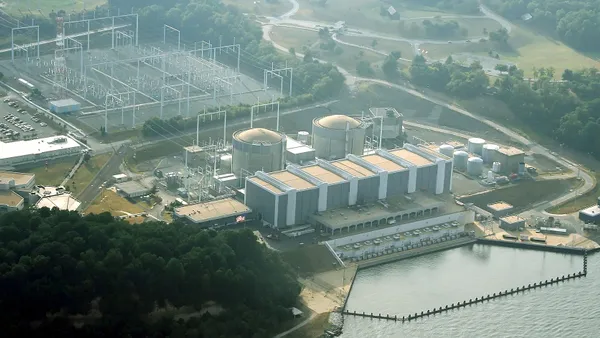In today’s competitive marketplace of smart and distributed services, utilities do not have ratepayers — they have customers. Utilities can play a crucial role in those customers’ lives if they move beyond just generating, delivering, and billing electricity.
“Utilities have to think hard about their customer engagement strategies,” explained Sacramento Municipal Utility District (SMUD) Solar Retail Strategy Planner Patrick McCoy.
SMUD is a leader in a booming rooftop solar industry that provided U.S. utilities with 135,000 system interconnections in 2013, bringing the total of interconnected systems to 435,000, representing 10.7 gigawatts of capacity.
Customers call SMUD daily about solar. They ask whether they should pay cash, take a loan, or lease solar. They ask about the size of the system, the role of battery storage and plug-in vehicles
“The majority of callers want to know, ‘Is solar right for me?’” McCoy said. “We understand that to mean, ‘Will it provide the kind of savings I expect?’”
SMUD began last year with about 1,000 interconnected systems but that had doubled to over 2,000 systems by the end of 2013. With falling system prices, that steep growth curve was even unaffected by the drop in California’s rebate to only $0.25 per watt.
“The industry has provided a great service but it has raised questions for SMUD customers,” McCoy said. “Our local installers’ messages can be misleading and get our customers confused.”
As a result, SMUD has discovered a new role as “a trusted advisor that helps customers manage costs, evaluate options, and focus on their goals.”
Things are now “customer-centric,” McCoy said. “SMUD wants to be the preferred resource for all things energy-related. We want our customers to come to us for help in making informed decisions.”
To do that, SMUD’s internal goals are:
- getting solar basics right to win customers’ confidence
- allowing customers’ to “experience excellence” from utility interactions, which means learning communication skills
- making sure SMUD's solar information is accurate, current, and complete
- giving up communication channels that are “so 20th century” in favor of community engagement, social media, and self-service online tools.
Because SMUD program managers now spend half their time fielding basic questions on solar from customers, the utility is working with Clean Power Research (CPR), through a Department of Energy SunShot grant, to develop a software-as-a-service (SaaS) Solar Engagement Platform.
The platform is being designed, McCoy said, to lead customers to the answer to that fundamental question: “Is solar right for me?”
How SMUD is leveraging big data for its 'trusted advisor' role
The scalable, hosted, and customizable CPR software integrates with the utility’s customer portal and can therefore draw on the utility’s database, explained CPR Product Manager Brian Boler.
Similar independent SaaS advanced solar tools are being built by EnACT, ModSolar, and Genability. SunPower and Sunnova have proprietary in-house tools. All are intended to work with utilities through DOE’s Green Button Initiative.
Using utilities' assimilated smart meter data and CPR's electric rate and solar irradiance data, the platform becomes “an objective solar decision-making tool,” according to Boler.
“Utilities have terabytes of data,” McCoy added. “The key in this context is to know and understand customers more intimately.”
Clicking the solar tab allows customers with smart meters to access the utility’s IT data and advance the process. If there is no smart meter data, the customer can input bill information.
The software then builds a “solar savings estimate” to offset 80% of the customer’s annual energy use. The calculation comes from actual energy consumption data and, through a mapping tool, actual rooftop space, orientation information and regional solar irradiance data.
It incorporates federal, state, and local incentives and rebates and allows customers to compare advantages from variables like system size and rates. A final report includes savings, a before-and-after energy use pattern, and a carbon footprint calculation.
The platform provides a cash flow, bill savings, and payback period analysis with a one-view comparison of cash, loan, and lease options. The user can enter varying interest rates and compare leases with something or nothing down. Data can be viewed as a graph or chart.
The analysis also includes data on the service territory’s solar users and contact information on local installers, allowing customers to more readily obtain competitive bids.
Still in beta testing, the platform’s price has not been set but it will eventually be licensed to utilities by CPR on a standard SaaS model, Boler said.
The value in reduced call volume is worth the price, McCoy said, and it expands the utility’s role as that “trusted advisor.” Customers now expect utilities to provide “comprehensive bundled solutions and service, and that includes integrating solar PV.”
McCoy was asked if SMUD is planning to follow Arizona Public Service into the residential solar business. Unlike investor-owned utilities like APS, he replied, a public utility like SMUD would require a private sector partner to be competitive.
“We are evaluating business opportunities for a direct to customer solar service," he said. "So the answer is yes.”













